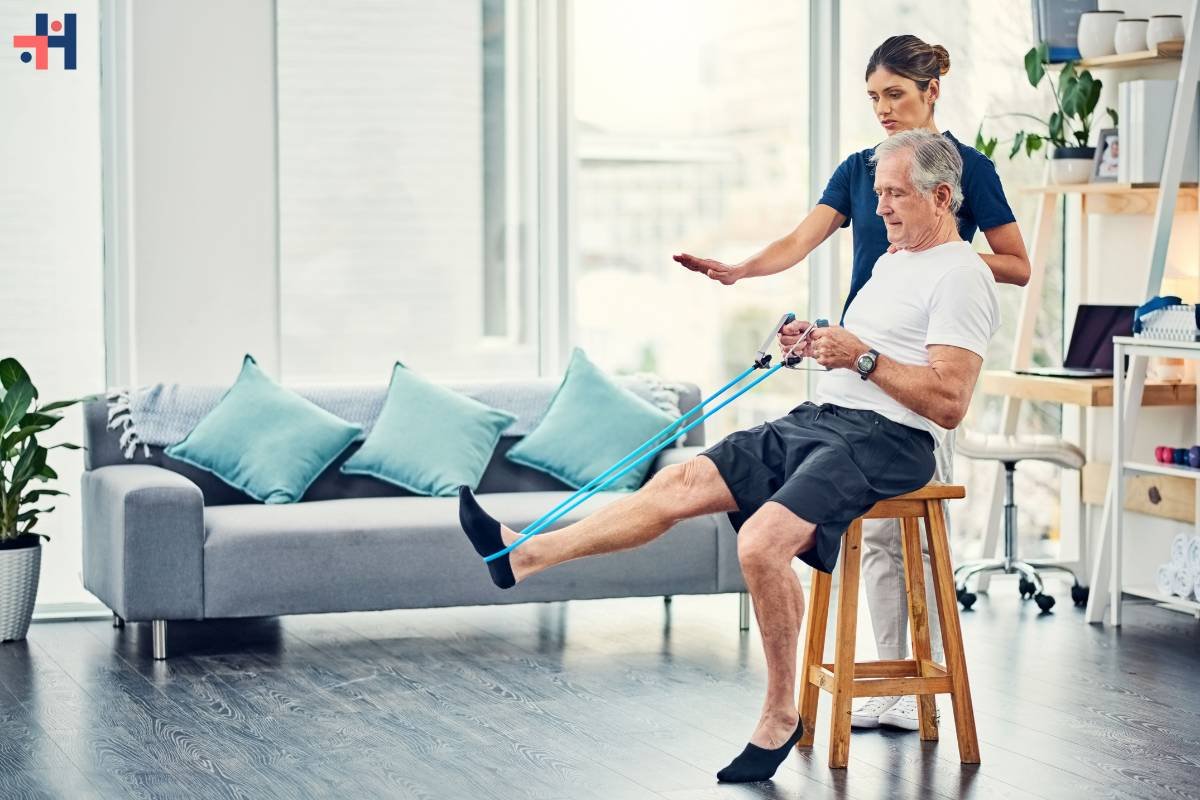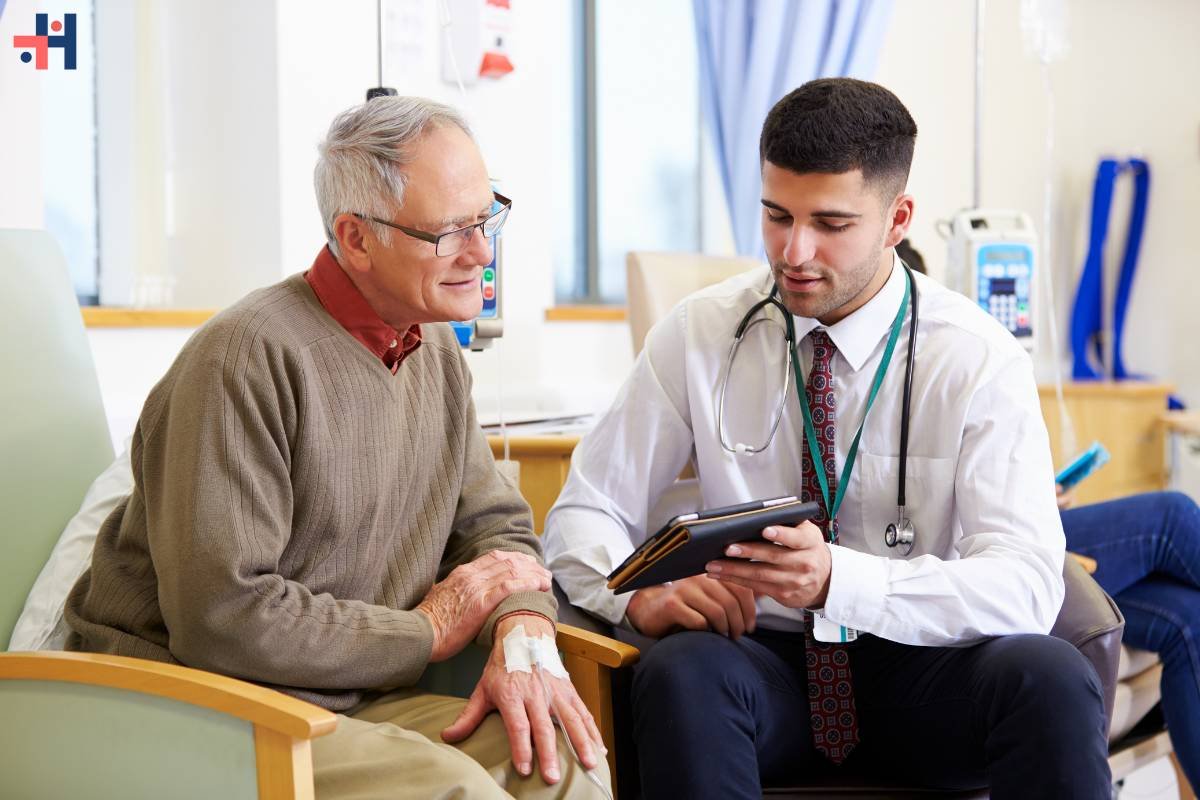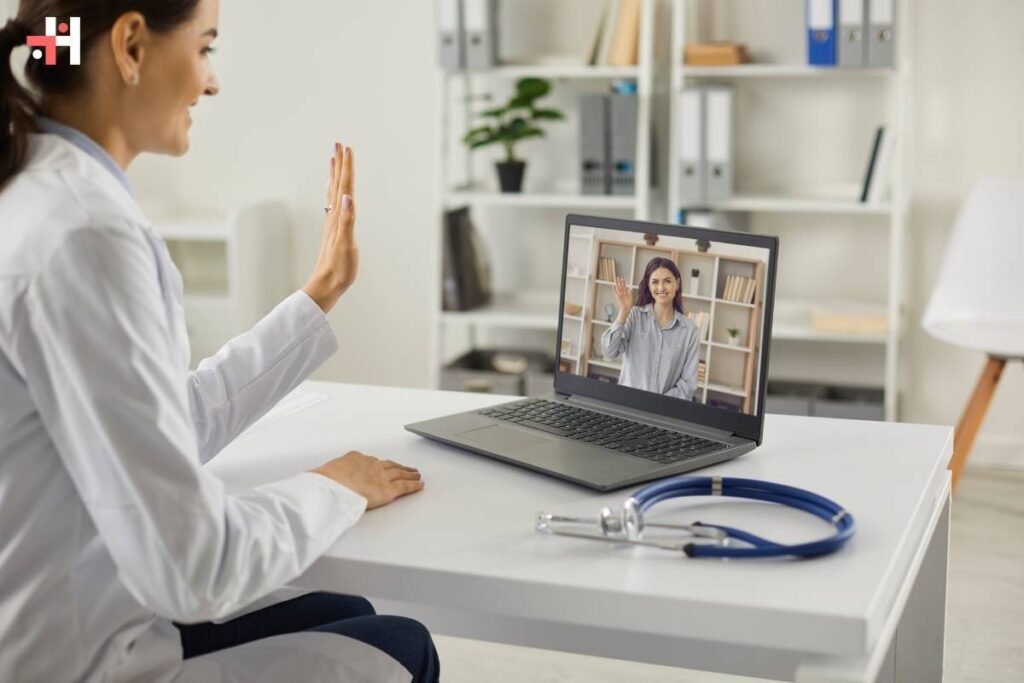Remote Patient Monitoring (RPM) is revolutionizing the healthcare landscape, offering innovative solutions to monitor patients’ health outside traditional clinical settings. This technology allows or continuous tracking of vital signs, chronic conditions, and other health metrics, providing real-time data to healthcare providers. As we delve into the world of RPM, we will explore its benefits, applications, and the future prospects of this transformative technology.
What is Remote Patient Monitoring?
Remote Patient Monitoring involves the use of digital technologies to collect medical and health data from individuals in one location and electronically transmit that information securely to healthcare providers in a different location. This data can include vital signs, blood pressure, heart rate, glucose levels, and other relevant health metrics. The primary goal of RPM is to enable timely and efficient healthcare interventions, improve patient outcomes, and reduce healthcare costs.
How Does Remote Patient Monitoring Work?
Data Collection Devices
RPM relies on various devices to collect health data. These devices include wearable sensors, smartwatches, blood pressure monitors, glucometers, and other specialized medical devices. These tools are designed to be user-friendly and can be easily integrated into a patient’s daily routine.
Data Transmission
The collected data is transmitted to healthcare providers through secure internet connections. This transmission can occur in real-time or at scheduled intervals, depending on the patient’s condition and the type of monitoring required.
Data Analysis and Interpretation
Once the data reaches the healthcare provider, it is analyzed using advanced algorithms and artificial intelligence. These tools help in identifying any abnormalities or trends that may require medical attention. Healthcare providers can then make informed decisions based on the analyzed data.
Patient and Provider Communication
RPM facilitates seamless communication between patients and healthcare providers. Through mobile apps, patient portals, and other digital platforms, patients can receive feedback, adjust treatment plans, and consult with their healthcare providers without the need for in-person visits.
Benefits of Remote Patient Monitoring
Improved Patient Outcomes

RPM allows for continuous monitoring, enabling early detection of potential health issues. This proactive approach can lead to timely interventions, reducing the risk of complications and improving overall patient outcomes.
Enhanced Chronic Disease Management
For patients with chronic conditions such as diabetes, hypertension, or heart disease, RPM offers a convenient way to manage their health. Continuous monitoring helps in maintaining optimal health parameters and prevents the exacerbation of chronic conditions.
Increased Access to Healthcare
RPM bridges the gap between patients and healthcare providers, especially in rural or underserved areas. It eliminates the need for frequent in-person visits, making healthcare more accessible to those who may have difficulty traveling to medical facilities.
Cost-Effective Healthcare
By reducing the need for hospital admissions and emergency room visits, RPM can significantly lower healthcare costs. It also minimizes the burden on healthcare systems by allowing providers to monitor multiple patients simultaneously.
Personalized Care
RPM provides personalized healthcare by tailoring treatment plans based on real-time data. Healthcare providers can adjust medications, recommend lifestyle changes, and offer targeted interventions based on the specific needs of each patient.
Applications of Remote Patient Monitoring
Cardiac Care
RPM is widely used in cardiac care to monitor patients with heart conditions. Wearable devices can track heart rate, blood pressure, and electrocardiogram (ECG) readings, allowing for early detection of arrhythmias, heart attacks, and other cardiac events.
Diabetes Management
For diabetic patients, continuous glucose monitors (CGMs) provide real-time data on blood sugar levels. This information helps patients and healthcare providers manage insulin therapy, dietary adjustments, and other aspects of diabetes care.
Respiratory Health
RPM is beneficial for patients with respiratory conditions such as chronic obstructive pulmonary disease (COPD) and asthma. Devices that measure oxygen saturation, respiratory rate, and lung function help in monitoring and managing these conditions effectively.
Postoperative Care
After surgery, patients can be monitored remotely to ensure a smooth recovery. RPM devices can track vital signs, wound healing, and other postoperative indicators, reducing the need for frequent follow-up visits.
Maternal and Infant Health

RPM is used to monitor the health of expectant mothers and newborns. Wearable devices can track fetal heart rate, maternal blood pressure, and other critical parameters, ensuring the well-being of both mother and child.
The Future of Remote Patient Monitoring
Technological Advancements
As technology continues to advance, RPM devices will become more sophisticated, offering enhanced accuracy and expanded capabilities. Integrating artificial intelligence and machine learning will further improve data analysis and predictive capabilities.
Integration with Telehealth
The integration of RPM with telehealth services will create a comprehensive virtual healthcare ecosystem. Patients will have access to a wide range of healthcare services from the comfort of their homes, improving convenience and continuity of care.
Expansion of Use Cases
The applications of RPM will continue to expand beyond traditional healthcare settings. It will play a significant role in preventive healthcare, wellness programs, and the management of mental health conditions.
Regulatory Support
As the benefits of RPM become more evident, regulatory bodies are likely to support its adoption. Policies and guidelines will be developed to ensure the safe and effective use of RPM, promoting its widespread implementation.
Increased Patient Engagement

Patients will become more engaged in their healthcare as they have access to real-time data and personalized insights. This increased engagement will lead to better adherence to treatment plans and improved health outcomes.
Challenges and Considerations
Data Security and Privacy
The transmission of sensitive health data raises concerns about data security and privacy. Ensuring robust encryption and compliance with regulations such as the Health Insurance Portability and Accountability Act (HIPAA) is crucial.
Patient Compliance
For RPM to be effective, patients must consistently use monitoring devices and adhere to prescribed protocols. Educating patients about the importance of compliance and providing user-friendly devices can help address this challenge.
Technical Issues
Technical issues such as device malfunctions, connectivity problems, and data inaccuracies can hinder the effectiveness of RPM. Regular maintenance, technical support, and quality assurance are essential to mitigate these issues.
Reimbursement Policies
The lack of standardized reimbursement policies for RPM services can be a barrier to adoption. Advocacy for comprehensive reimbursement frameworks will encourage healthcare providers to integrate RPM into their practice.
Conclusion
Remote Patient Monitoring is transforming healthcare by enabling continuous, personalized, and cost-effective care. Its applications span a wide range of medical conditions, improving patient outcomes and increasing access to healthcare. As technology continues to evolve and regulatory support grows, RPM will become an integral part of the healthcare landscape, offering new possibilities for patient care and management. By embracing RPM, we can move towards a future where healthcare is proactive, patient-centered, and accessible to all.









